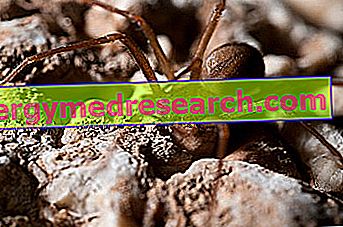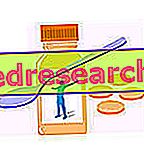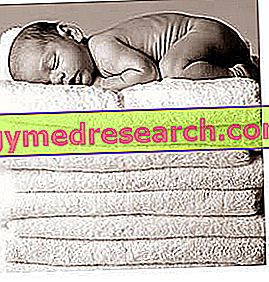
The diagnosis of botulism is based on the identification of the Clostridium botulinum toxin in the laboratory and on the observation of clinical symptoms, even if they are sometimes non-specific. The disease, in fact, can be confused with Guillain-Barré syndrome, poliomyelitis, stroke, myasthenia gravis and tick paralysis.
In food botulism, the picture of neuromuscular disorders and the ingestion of potentially contaminated food are important clues. Simultaneous manifestation in at least 2 patients who ate the same food simplifies the diagnosis. The confirmation is obtained by isolating the microorganism with the culture test of suspect food samples or faeces of the patient and with the identification of botulinum toxin in food or biological materials (such as blood, gastric juice and vomiting).
In wound botulism, on the other hand, the diagnosis of serum toxin or the isolation of Clostridium botulinum from a skin lesion sample confirm this.



